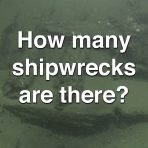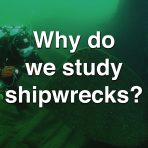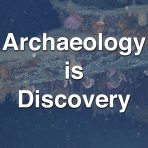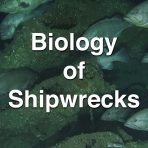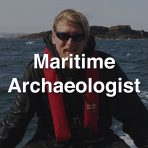About
This education module will help students learn about marine archaeology and shipwrecks. When you click on an image, the information will be on the right. Be sure to click on the hyperlinks to go to other websites for more learning.
Teachers Click Here
Shipwreck Facts
Learn some interesting facts about shipwrecks and marine archaeology! You can learn more marine archaeology and ocean facts here.
Videos
Enjoy a selection of videos edited by GFOE videographers on shipwrecks, archaeology, and historical discoveries. Click the 3-line icon in the upper right of the video to see the full playlist. The last video of the playlist is a webinar on the Bonhomme Richard. You can view additional videos here.
Learn from the Experts
Shipwrecks are the amazing intersection between history and science. What role does archaeology play in exploring the ocean? Do shipwrecks act as habitat for marine species? How many shipwrecks are in the Gulf of Mexico? You can learn more about marine archaeology from NOAA here.
Marine Archaeology Careers
Are you interested in studying shipwrecks? From uncovering historical mysteries to diving the ocean depths, marine archaeology provides the opportunity to merge history, culture, and science together. You can explore other ocean and marine archaeological careers through NOAA here.
Think About It
- Why is it important to preserve and study shipwrecks?
- What do you think is the most fascinating aspect of shipwrecks and why?
Your Student and You
- Design a wooden shipwreck and a metal shipwreck. How do the shipwrecks act as habitats? What changes do the shipwrecks undergo over time?
For Teachers
Material in this module aligns with the following Ocean Literacy Principles:
5 – The ocean supports a great diversity of life and ecosystems
7 – The ocean is largely unexplored

